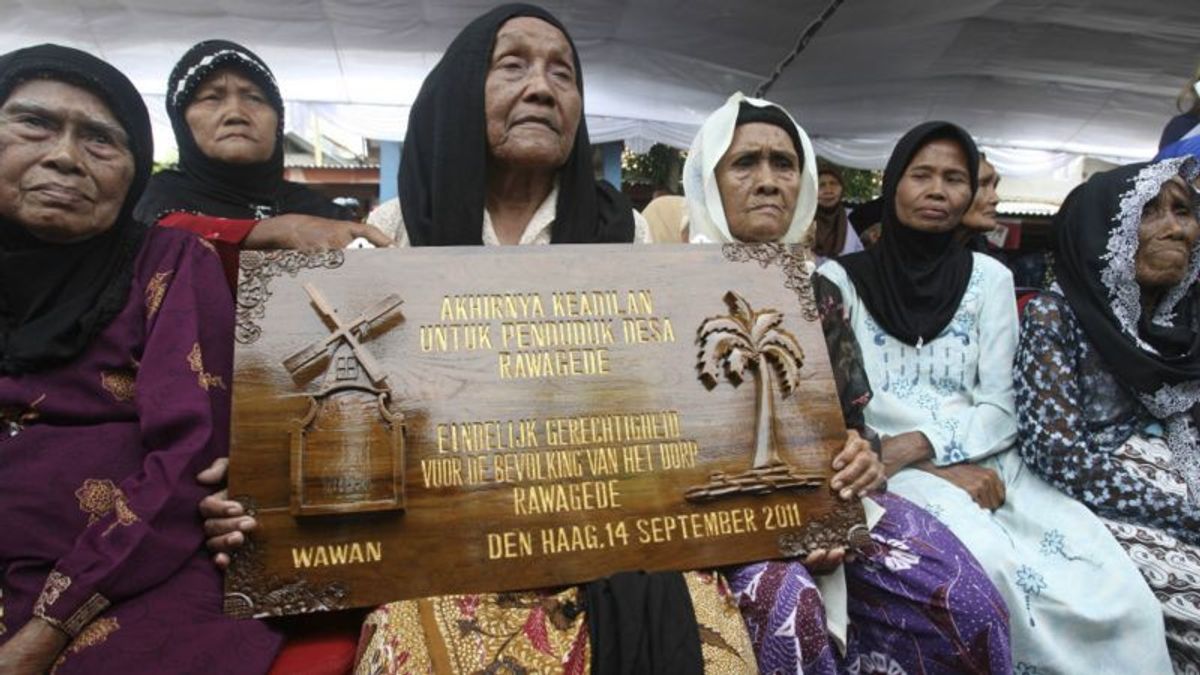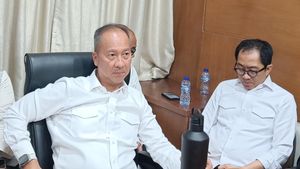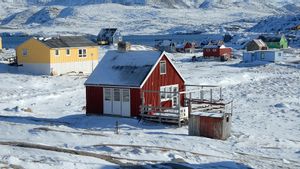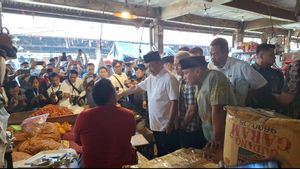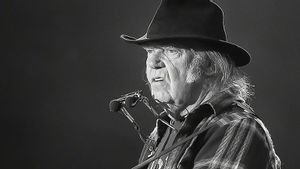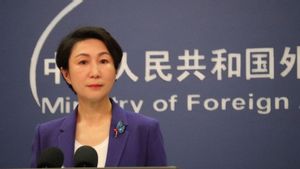JAKARTA - The Dutch Military Aggression I brought many wounds. The Dutch did not consider the Proclamation of Indonesian Independence. The Dutch colonialists actually still believed that Indonesia was part of them. Every effort is made. Without exception with the path of violence. However, the route of violence that the Dutch took was often too far. In the Rawagede massacre between Karawang-Bekasi, for example. The whole village of Rawagede was massacred by the Dutch. Therefore, the flow of the Rawagede River is blood red.
The Dutch desire to continue to colonize Indonesia has been ingrained. The proclamation of independence which became the legitimacy of Indonesia to be released from the shackles of colonialism was ignored. The Dutch continued to put pressure on Indonesia. A new country as long as corn.
The Land of the Windmills through the Netherland Indies Civil Administration (NICA) also made a strategy. They rode the Allies (Britain) to Indonesia. The goal is clear. NICA wants to re-establish its power in the archipelago. Moreover, Japan had surrendered to the Allies. This reason made NICA feel that Indonesia was a country that had no man's land and needed to be recaptured.

The arrival of NICA in the archipelago was also followed by the arrival of many Dutch military. military forces are deliberately involved to provide a narrative of terror. Terror was considered effective in repelling freedom fighters.
Bake away from fire. In fact, the spell was wrong. The country's fighters are even more eager to fight. There were only two options in the minds of the freedom fighters at that time: freedom or death. Because the natives were fed up with the protracted colonialism, from the Netherlands to Japan, the Dutch did not want to lose. They fielded a large-scale army. Dutch Military Aggression I, the name.
“In general, the Netherlands rationalized their decision to use military force on the grounds that the Republican government did not adequately control the extremist elements scattered within the territory of the Republic and thus hindered the implementation of the Lingarjati Agreement that had been made. Even though the Republic has not been able to thoroughly monitor all areas of non-permanent armed organizations, surveillance continues to be increased.”
“When the Netherlands launched its aggression, the scope and effectiveness of the Republic's control over its own territory was much greater than before. The discipline and integration of armed organizations is also greater than before. It is ironic that in order to effectively contain the Dutch aggression, the Republican military organization was deployed and the command of the armed units needed to be given autonomous power again," said George McTurnan Kahin in the book Nationalism & Indonesian Revolution (2013).
Bloody RiverInstead of surrendering, the freedom fighters chose to take up arms. They also made many villages as guerrilla bases. Rawagede Village (now: Balongsari Village) between Karawang-Bekasi, for example. The NICA troops also knew about it. The spies were often lowered. However, no one was able to penetrate among the freedom fighters.
As for those who managed to enter, then their disguised identity was immediately exposed. The Netherlands began to be distraught. Because the independence fighter Captain Kustaryo and his friends who survived in Rawagede were difficult to conquer.
Holland is frustrated. In the midst of that, the idea emerged to carry out genocide in Rawagede Village. The strategy was carried out. On December 9, 1947, the Dutch immediately surrounded the village of Rawagede at dawn.
Dutch troops at that time numbered 300 people. Enough to spread the seeds of terror. Everyone in the village was asked to leave the house. However, only men were asked to line up. While women and children can be freed.
They were asked about the freedom fighters who were often in their area. However, the residents of Rawagede were reluctant to speak up. All the men were immediately hit by bullets as a result. Corpses and blood strewn in the middle of the field.

The Dutch then attacked the rest of the men who tried to escape by jumping into the river. Relentlessly the Dutch shot all of them. Therefore, the river around Rawagede is filled with the corpses and blood of the villagers.
“However, because the patrols of the Dutch troops used sniffer dogs, their whereabouts were finally discovered. Every clump of water hyacinth in the river was then bombarded with bullets. As a result, in an instant corpses strewn about.
"Screams of pain were heard everywhere. This actually resulted in a volley of bullets that became more and more blind. At the same time, the small river which was the drainage channel, the water immediately turned red with blood," concluded Her Suganda in the book Rengasdengklok: Revolution and Events (2009).

The tragedy claimed the lives of 431 people. Those who died came from various backgrounds. From parents, husband, or relatives. The Netherlands also does not recognize that genocide was carried out with so many victims. According to the Dutch, the victims only reached 150 people. No more.
All Indonesian people condemned the Rawagede massacre. The poet Chairil Anwar especially. Even the 45th generation of poets mentioned this incident in their famous poem: Karawang-Bekasi. Here's the excerpt:
We who are now lying between Karawang-Bekasi Can't shout "Freedom" and take up arms again, But who doesn't hear our roar anymore, Imagine us going forward and beating our hearts?
The English, Chinese, Japanese, Arabic, and French versions are automatically generated by the AI. So there may still be inaccuracies in translating, please always see Indonesian as our main language. (system supported by DigitalSiber.id)
